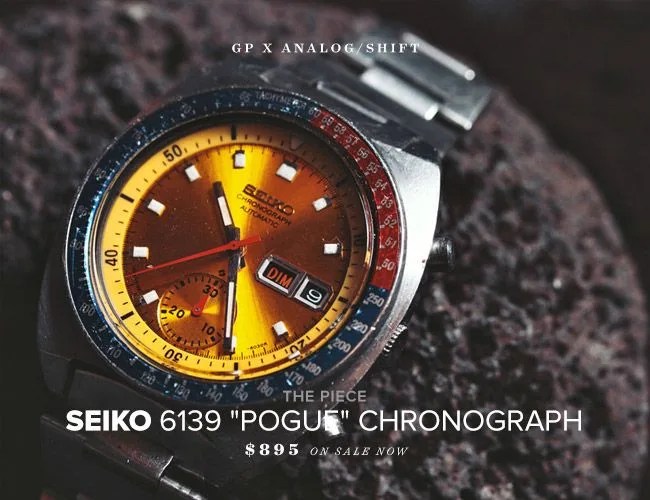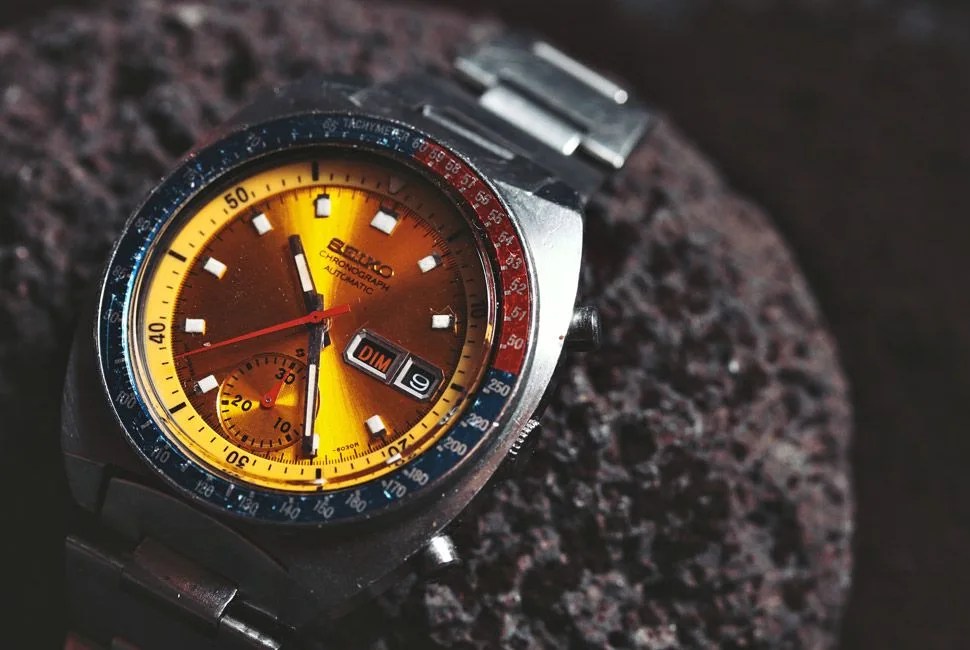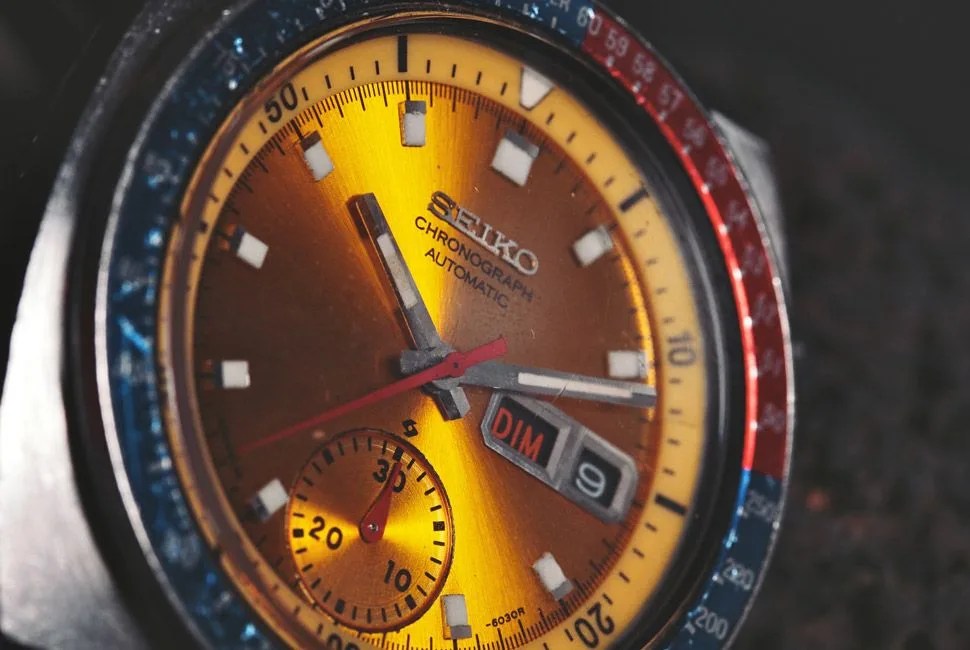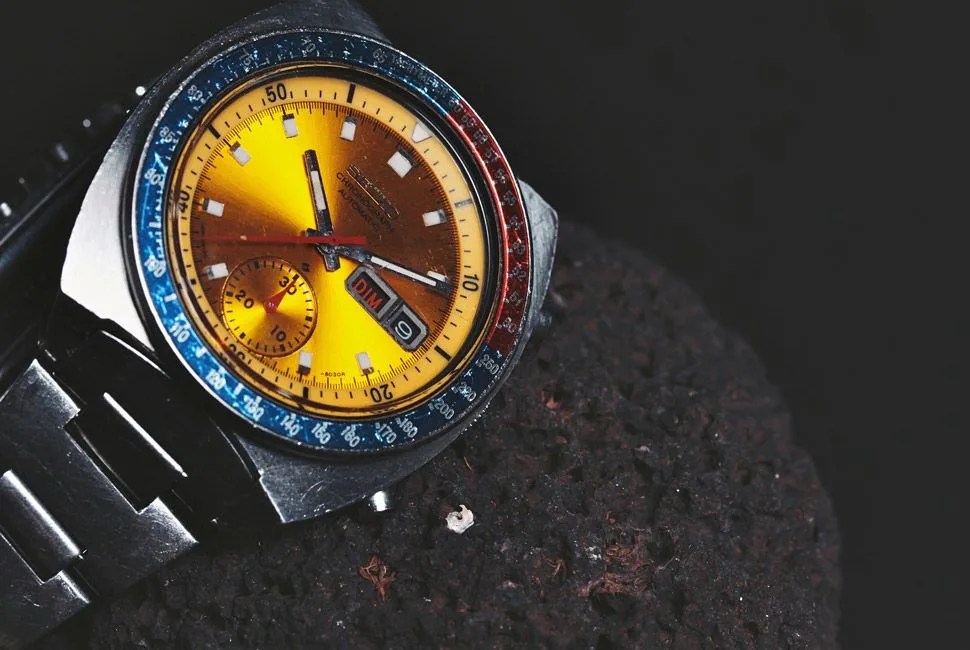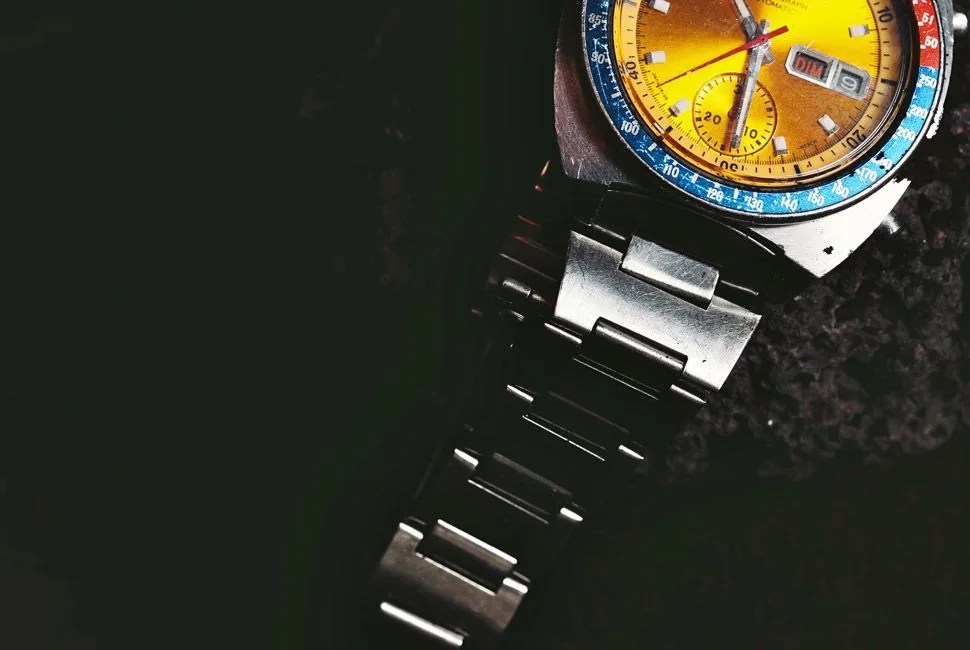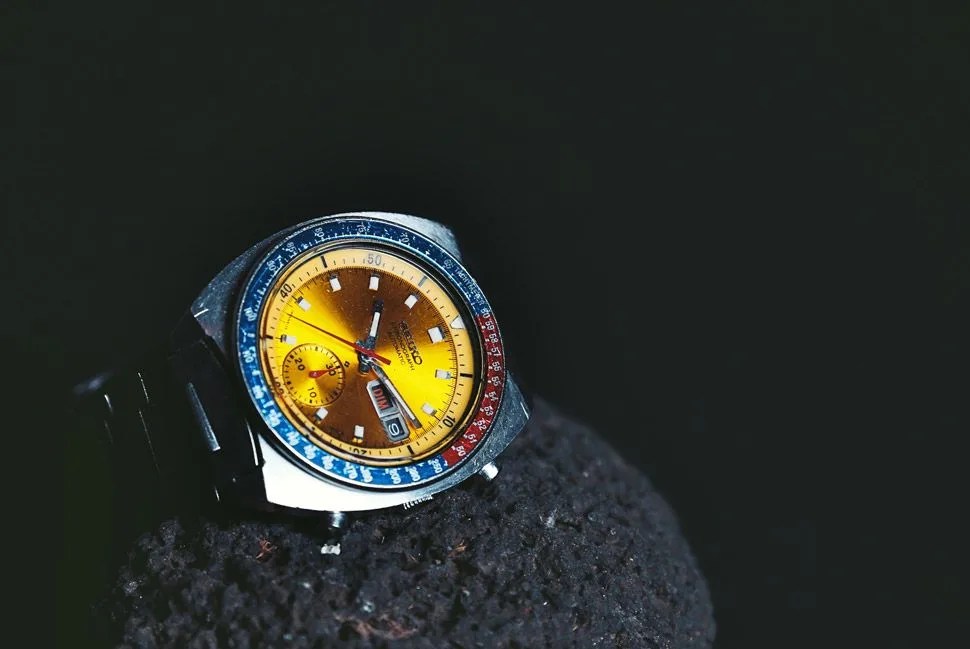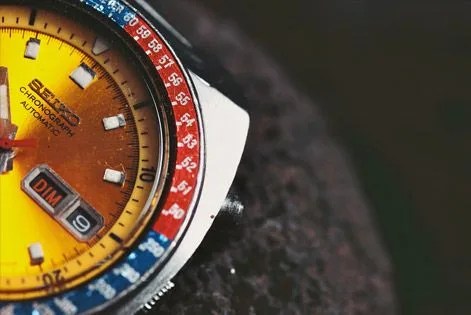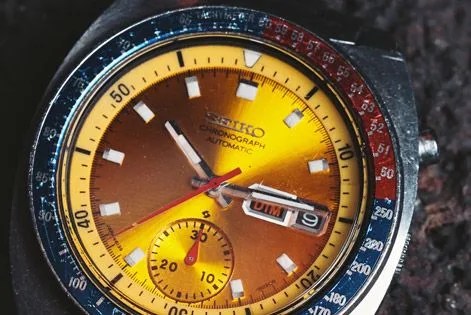6 photos
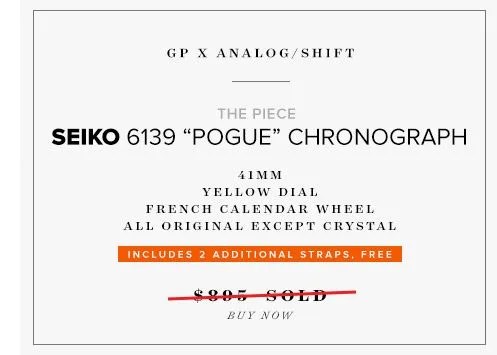
Editor’s Note: For all the shiny new watches we come across every week, nothing gets our hearts racing like a great vintage timepiece. These are watches with stories, some known, some lost to history. Watches from the 1950s, ‘60s and ‘70s come from an era when a man’s timepiece was his everyday carry, a tool for the job that wasn’t put away when things got down and dirty. Many vintage watches bear the marks of use that we endearingly call “patina”, and remain that much more lovely in spite of (or because of) it.
The other appealing aspect of vintage watches is their rarity. Even the most common old timepieces are becoming harder to find in good shape. So while you can walk into a retailer and buy a brand new watch anytime, finding a good vintage piece requires patience, persistence, research and legwork. This leads us to our new series, Timekeeping Selects, a partnership with Analog/Shift, the New York-based purveyor of vintage watches. We’ve done the legwork for you, handpicking the coolest, most unique old watches, all of which have impeccable authenticity and are serviced and ready to wear.
This week we go east for our Timekeeping Select: a late 1970s Seiko 6139-6002 chronograph ($895 Sold), a watch that is significant for several reasons yet remains an outright bargain by any measure. The 6139 was Seiko’s first self-winding (automatic) chronograph when it was released in 1969. It is a simple, reliable watch with a sweep hand, single 30-minute register and no running seconds hand. In fact, by some accounts, it was the first automatic chronograph in the world since it was released in Japan before the Swiss competition got their acts together later that year.
The other milestone the 6139 lays claim to is that of being the first automatic chronograph in space. That’s right: four years after OMEGA’s handwound Speedmaster went to the Moon, a Seiko 6139-6002 like you see here went to SkyLab on the wrist on Colonel William Pogue. Col. Pogue favored his Seiko due to his familiarity with its functioning so used it for timing critical mission functions while keeping his NASA-issued OMEGA on the other wrist set to Houston time. Due to this distinction, the rather anonymously named 6139-6002 has been more commonly, and colorfully, known as the “Pogue”. Equally colorful is the chronograph’s red and blue tachymeter bezel and shimmering gold sunburst dial, which somehow go perfectly with the barrel-shaped case that couldn’t come from any time period but the 1970s.
